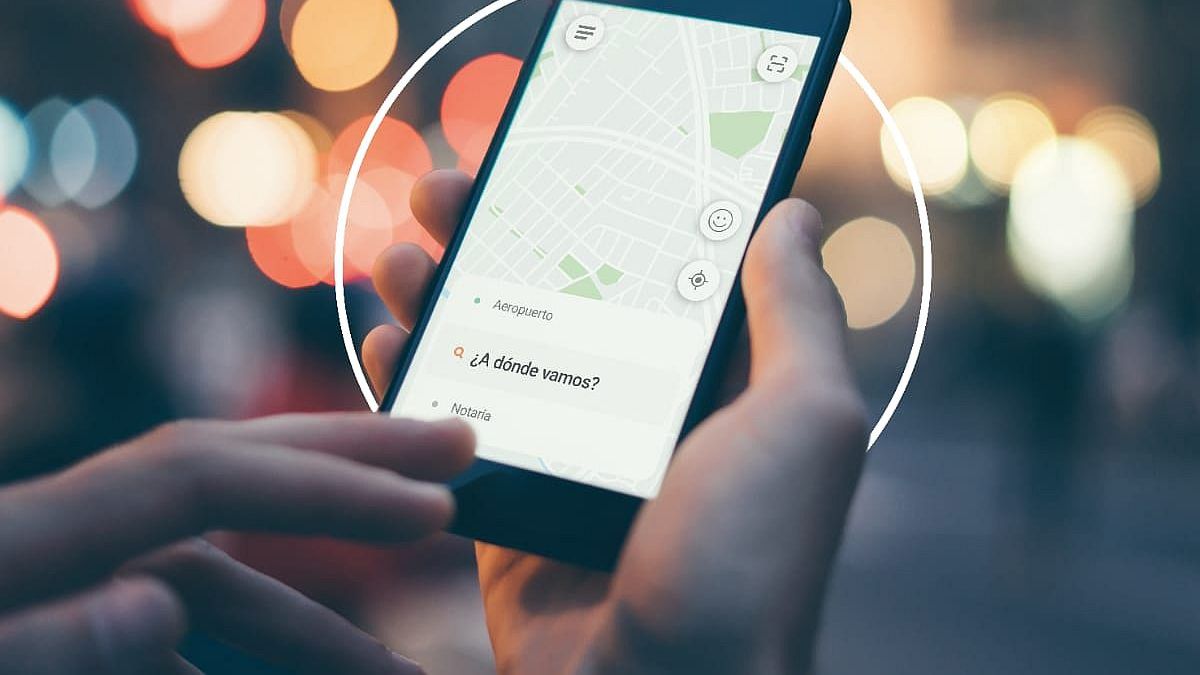The concentration of the population in urban centers, the notable increase in automobile traffic in the city, the difficulty in finding parking, and the high cost of maintaining one’s own vehicle, are some of the factors that affect the growth in the adoption of the mobility as a service in large cities.
But what do we mean when we talk about Mobility as a Service or MaaS (Mobility as a Service)? It is mainly about integrating different means of public and private transport in a single digital interface that allows users to customize their urban mobility in a more efficient way. In addition, and regardless of the means of transport that need to be taken to reach the destination, they must also provide the confidence of arriving on time.
This multimodal mobility facilitates a more agile and cheaper movement within cities without depending on your own vehicle.
This new trend generates a paradigm shift considering that it advances in the replacement of transportation as a personal consumption good to a service for people who are on the move in a city. A KPMG survey among automotive executives indicates that more than 75% believe that the inhabitants of large cities will reduce their purchase of vehicles; By 2030 alone, it is estimated that at least one in ten cars manufactured will be carpooling.
This is a change in priorities, where more and more citizens are taking care of their pockets, prioritizing where to spend their earnings and opting for cheaper and more accessible mobility options.
Examples of cities that bet on this trend are many around the world.
For example, the local government of Helsinki, the capital of Finland, is advancing a new mobility service that does not depend on cars, and is testing a new application that allows citizens to interact to share their vehicles, or services of public and private transportation. Another case is Madrid, the Spanish capital, which prohibits traffic on some streets and plans to increase traffic-free zones with fines of more than 100 euros for those who circulate on these roads.
Mobility and innovation at service
Among the new trends that we observe globally, motorcycle transfers stand out. This service is cheaper and also democratizes an accessible and two-wheeled mobility for those people who live on the outskirts of the city and find it difficult to access bicycles or bike lanes, or need an agile way to get to the bus stops or train or subway stations.
In particular, during these last months, we detected that in the City of Buenos Aires, La Plata and Greater Buenos Aires, 25% of DiDi Moto trips begin or end at subway or train stations, demonstrating how more and more citizens They opt for multimodality.
Within this new trend, security becomes a priority and fundamental factor and for this it is essential to bet on technology and apply solutions based on Artificial Intelligence. Reviewing the driver/passenger profile, sharing the ride in real time, requesting immediate help, among others, are essential functions to take care of users and generate the necessary trust in the service.
Mobility is changing in big cities. And the users too. Today it is not essential to travel in your own vehicle to get around; the practicality to reach the destination and the saving of time and money are significant when choosing a means of transport. Whether in a car, motorcycle, bicycle or public transport.
For this reason, transport is more than ever a service and, as such, citizens are opting for the combination that best takes us to their destination, taking multimodal mobility as a habit.
DiDi Moto leader for Latin America
Source: Ambito
David William is a talented author who has made a name for himself in the world of writing. He is a professional author who writes on a wide range of topics, from general interest to opinion news. David is currently working as a writer at 24 hours worlds where he brings his unique perspective and in-depth research to his articles, making them both informative and engaging.




